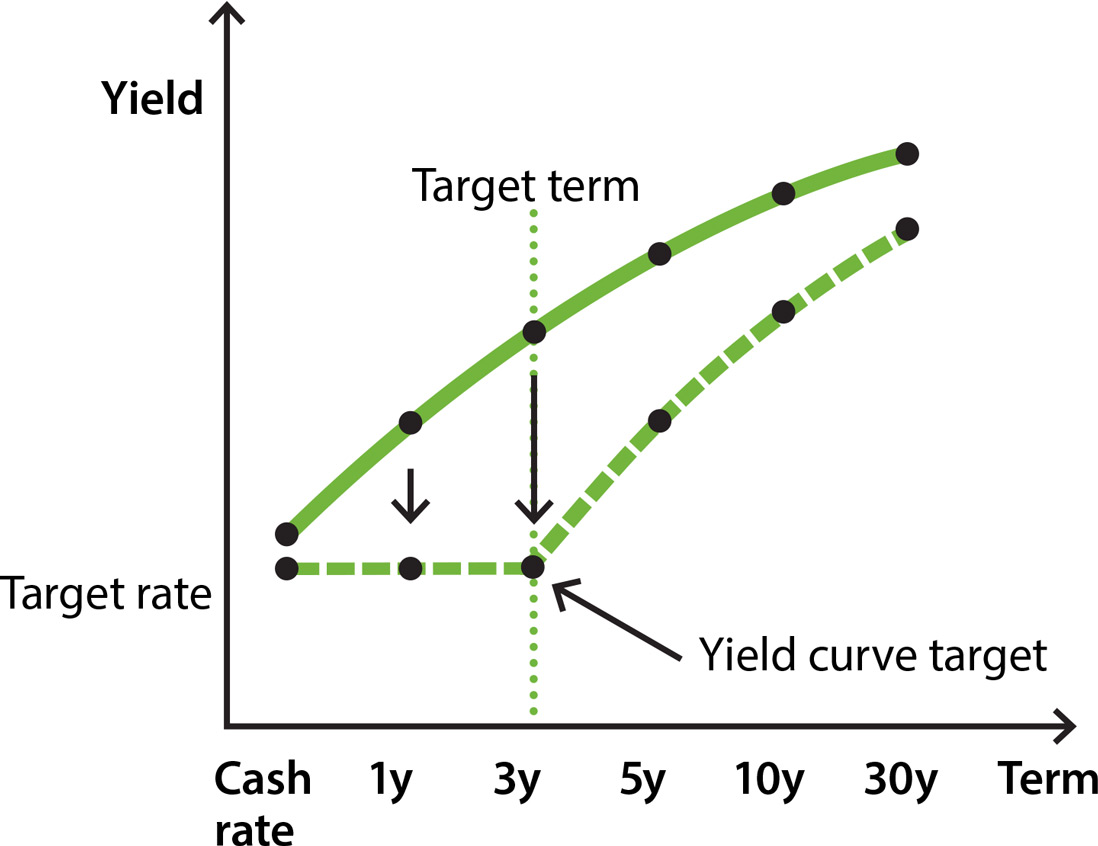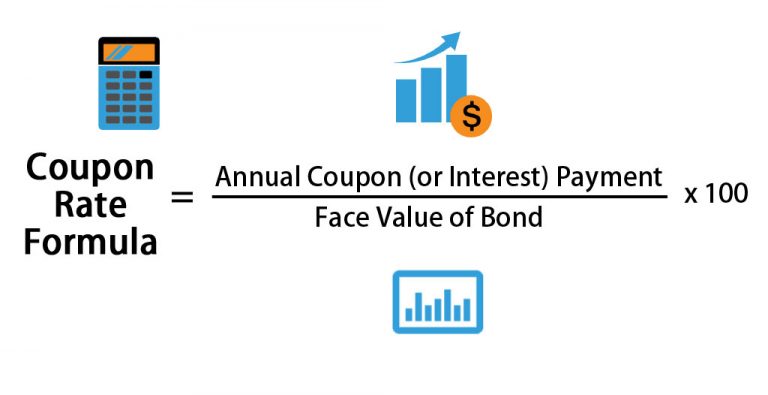What is a Coupon Rate and Why is it Important?
In the realm of bond investing, the coupon rate is a crucial concept that plays a vital role in determining the overall return on investment. Essentially, it is the interest rate that a bond issuer agrees to pay to the bondholder periodically until the bond matures. This rate is expressed as a percentage of the bond’s face value, and it has a direct impact on the bond’s price, yield, and total return.
When investors wonder “how do you calculate coupon rate,” they are seeking to understand the intricacies of this concept and its significance in bond investing. The coupon rate is a critical factor in evaluating the attractiveness of a bond investment, as it directly affects the yield and total return. A higher coupon rate generally results in a higher yield, making the bond more appealing to investors.
In the context of bond investing, the coupon rate is a key metric that helps investors assess the potential return on investment. It is essential to understand how the coupon rate is calculated and how it relates to other bond metrics, such as the yield to maturity and the current yield. By grasping this concept, investors can make more informed decisions about their bond investments and optimize their returns.
Understanding the Bond Yield Curve: A Key to Accurate Calculation
The bond yield curve is a graphical representation of the relationship between the bond’s yield and its maturity. It is a crucial concept in bond investing, as it helps investors understand the bond’s behavior and make informed investment decisions. The yield curve is typically upward-sloping, indicating that longer-term bonds offer higher yields to compensate for the increased risk.
The bond yield curve consists of several components, including the short-term yield, long-term yield, and the yield spread. The short-term yield represents the yield on short-term bonds, typically with maturities of less than one year. The long-term yield, on the other hand, represents the yield on long-term bonds, typically with maturities of 10 years or more. The yield spread is the difference between the long-term and short-term yields.
Understanding the bond yield curve is essential for accurate coupon rate calculation. The coupon rate is directly related to the bond’s yield, and changes in the yield curve can affect the coupon rate. When the yield curve shifts upward, the coupon rate increases, and when it shifts downward, the coupon rate decreases. Therefore, investors need to understand the yield curve to accurately calculate the coupon rate and make informed investment decisions.
When investors ask “how do you calculate coupon rate,” they need to consider the bond yield curve as a critical factor. By grasping the relationship between the yield curve and the coupon rate, investors can better navigate the complexities of bond investing and optimize their returns.
How to Calculate Coupon Rate: A Step-by-Step Guide
Calculating the coupon rate is a crucial step in bond investing, as it helps investors determine the bond’s yield and overall return on investment. To accurately calculate the coupon rate, investors need to follow a step-by-step process.
The formula to calculate the coupon rate is:
Coupon Rate = (Annual Coupon Payment / Face Value) x 100
Where:
– Annual Coupon Payment is the amount of interest paid annually by the bond issuer
– Face Value is the bond’s par value or principal amount
For example, let’s say a bond has a face value of $1,000 and an annual coupon payment of $50. To calculate the coupon rate, you would plug in the values as follows:
Coupon Rate = ($50 / $1,000) x 100 = 5%
Therefore, the coupon rate for this bond is 5%.
When investors ask “how do you calculate coupon rate,” they need to understand this formula and the steps involved in the calculation. By following this step-by-step guide, investors can accurately calculate the coupon rate and make informed investment decisions.
In addition to the formula, investors should also consider the bond’s yield to maturity, credit rating, and market conditions when calculating the coupon rate. These factors can affect the bond’s yield and overall return on investment, making it essential to consider them in the calculation process.
Factors Affecting Coupon Rate: What You Need to Know
When calculating the coupon rate, it’s essential to consider the various factors that influence its value. These factors can significantly impact the bond’s yield and overall return on investment, making it crucial to understand their effects on the coupon rate.
One of the primary factors affecting the coupon rate is the credit rating of the bond issuer. A higher credit rating typically results in a lower coupon rate, as investors perceive the bond as less risky. Conversely, a lower credit rating leads to a higher coupon rate, as investors demand a higher return to compensate for the increased risk.
Market conditions also play a significant role in determining the coupon rate. In a low-interest-rate environment, bond issuers can offer lower coupon rates, while in a high-interest-rate environment, they may need to offer higher coupon rates to attract investors.
Bond duration is another critical factor that affects the coupon rate. Longer-term bonds typically offer higher coupon rates to compensate for the increased risk of holding the bond for an extended period.
Other factors that can influence the coupon rate include the bond’s liquidity, issuer’s financial health, and market demand. Understanding these factors is essential to accurately calculate the coupon rate and make informed investment decisions.
When asking “how do you calculate coupon rate,” investors need to consider these factors and their impact on the coupon rate. By doing so, investors can gain a deeper understanding of the bond’s yield and overall return on investment, ultimately making more informed investment decisions.
Real-World Examples: Calculating Coupon Rate in Different Scenarios
To illustrate the concept of coupon rate calculation, let’s consider some real-world examples in different scenarios.
Example 1: Government Bond
A 10-year U.S. Treasury bond has a face value of $1,000 and an annual coupon payment of $30. To calculate the coupon rate, we can use the formula: Coupon Rate = (Annual Coupon Payment / Face Value) x 100. Plugging in the values, we get: Coupon Rate = ($30 / $1,000) x 100 = 3%. This means that the bond has a coupon rate of 3%.
Example 2: Corporate Bond
A 5-year corporate bond has a face value of $1,000 and an annual coupon payment of $50. Using the same formula, we can calculate the coupon rate as: Coupon Rate = ($50 / $1,000) x 100 = 5%. This indicates that the bond has a coupon rate of 5%.
Example 3: High-Yield Bond
A 7-year high-yield bond has a face value of $1,000 and an annual coupon payment of $80. Calculating the coupon rate, we get: Coupon Rate = ($80 / $1,000) x 100 = 8%. This means that the bond has a coupon rate of 8%.
These examples demonstrate how to calculate the coupon rate in different scenarios, including government bonds, corporate bonds, and high-yield bonds. By understanding how to calculate the coupon rate, investors can better evaluate the bond’s yield and overall return on investment. When asking “how do you calculate coupon rate,” investors can refer to these examples to gain a deeper understanding of the concept.
Common Mistakes to Avoid When Calculating Coupon Rate
When calculating the coupon rate, it’s essential to avoid common mistakes that can lead to inaccurate results. These mistakes can be costly, as they may result in misinformed investment decisions.
Mistake 1: Failing to Consider the Bond’s Face Value
One common mistake is neglecting to consider the bond’s face value when calculating the coupon rate. This can lead to an incorrect calculation, as the face value is a critical component of the coupon rate formula.
Mistake 2: Misunderstanding the Bond’s Coupon Payment Frequency
Another mistake is misunderstanding the bond’s coupon payment frequency. If the bond makes semi-annual or quarterly coupon payments, failing to account for this frequency can result in an inaccurate coupon rate calculation.
Mistake 3: Ignoring the Bond’s Credit Rating
Ignoring the bond’s credit rating can also lead to an incorrect coupon rate calculation. Credit rating significantly impacts the bond’s yield and coupon rate, so it’s essential to consider this factor when calculating the coupon rate.
To avoid these mistakes, investors should carefully review the bond’s terms and conditions, including its face value, coupon payment frequency, and credit rating. By doing so, investors can ensure an accurate coupon rate calculation and make informed investment decisions. When asking “how do you calculate coupon rate,” investors should be aware of these common mistakes and take steps to avoid them.
Using Coupon Rate to Make Informed Investment Decisions
Accurately calculating the coupon rate is crucial in bond investing, as it directly impacts the overall return on investment. By understanding how to calculate the coupon rate, investors can make informed investment decisions and optimize their bond portfolio.
Comparing Bonds with Different Coupon Rates
When evaluating different bonds, investors should consider the coupon rate as a key factor in their decision-making process. Bonds with higher coupon rates generally offer higher yields, but they may also come with higher credit risk. Conversely, bonds with lower coupon rates may offer lower yields, but they may be less risky. By comparing bonds with different coupon rates, investors can identify the most suitable options for their investment goals and risk tolerance.
Adjusting Investment Strategy Based on Coupon Rate
The coupon rate can also influence an investor’s overall investment strategy. For example, in a rising interest rate environment, bonds with higher coupon rates may be more attractive, as they offer higher yields to compensate for the increased interest rate risk. Conversely, in a falling interest rate environment, bonds with lower coupon rates may be more appealing, as they offer lower yields and potentially higher capital gains. By understanding how to calculate the coupon rate and its impact on bond yields, investors can adjust their investment strategy to maximize returns and minimize risk.
By mastering the art of coupon rate calculation, investors can unlock the full potential of bond investing and make informed decisions that drive long-term success. When asking “how do you calculate coupon rate,” investors should consider the broader implications of coupon rate calculation on their investment strategy and overall portfolio performance.
Conclusion: Mastering the Art of Coupon Rate Calculation
In conclusion, accurately calculating the coupon rate is a crucial aspect of bond investing, as it directly impacts the overall return on investment. By understanding the concept of coupon rate, its significance in bond investing, and how to calculate it, investors can make informed investment decisions and optimize their bond portfolio.
Throughout this article, we have discussed the importance of understanding the bond yield curve, the step-by-step process of calculating the coupon rate, and the various factors that influence the coupon rate. We have also provided real-world examples of calculating the coupon rate in different scenarios and identified common mistakes to avoid when calculating the coupon rate.
By mastering the art of coupon rate calculation, investors can unlock the full potential of bond investing and achieve their long-term financial goals. Remember, when asking “how do you calculate coupon rate,” it’s essential to consider the broader implications of coupon rate calculation on your investment strategy and overall portfolio performance.
By applying the concepts and techniques discussed in this article, investors can make informed investment decisions, minimize risk, and maximize returns. With a deep understanding of coupon rate calculation, investors can navigate the complex world of bond investing with confidence and achieve financial success.






